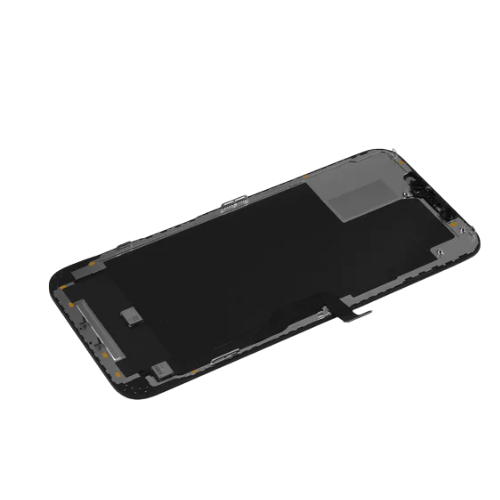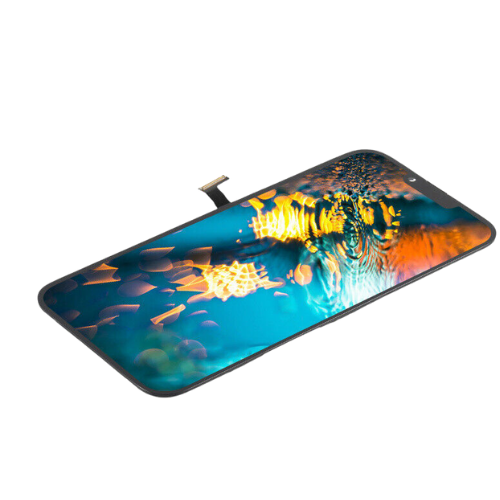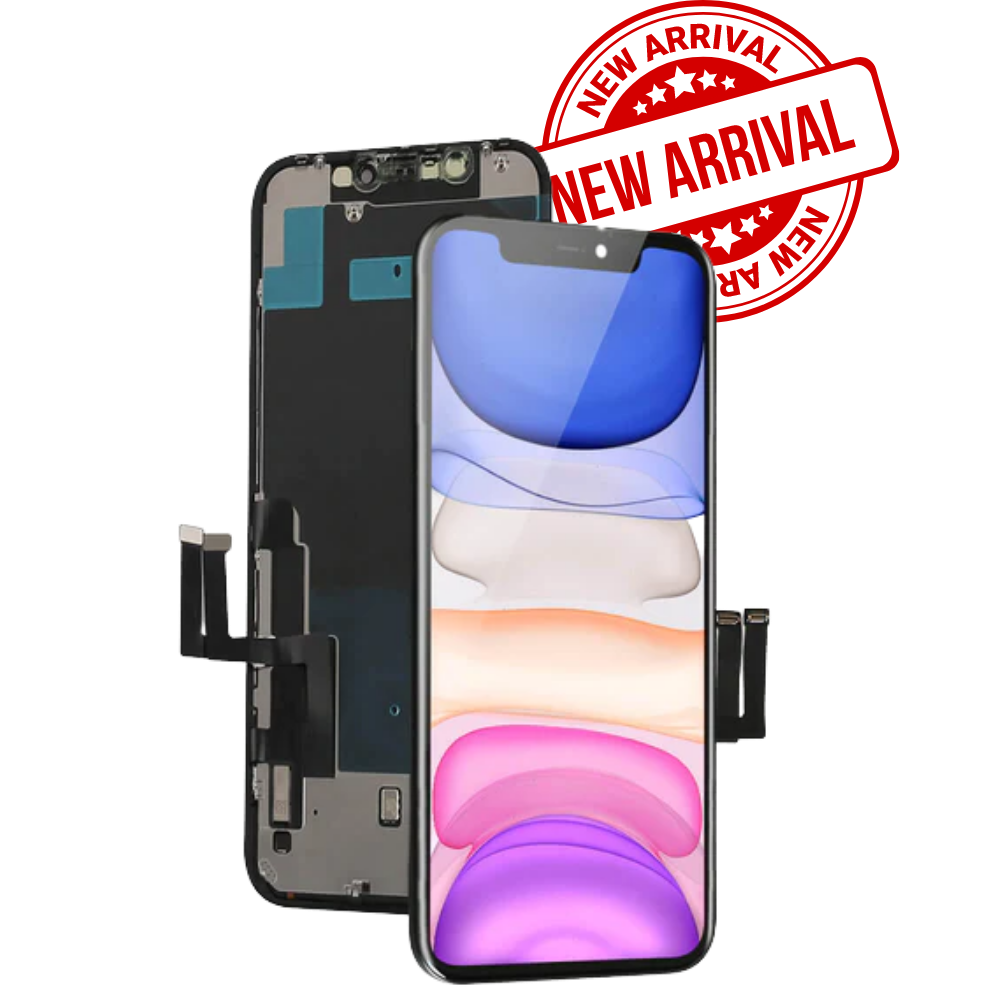Ας ξεκινήσουμε με τα υλικά. Οι κύριες οθόνες smartphone χωρίζονται επί του παρόντος σε οθόνες LCD και οθόνες OLED, που έχουν ουσιαστικές διαφορές. Το OLED είναι αυτόφωτο, while LCD has a backlight source, so OLED is thinner and LCD may have a problem of a visible screen division. Regardless of LCD or OLED, they both have a process of development and improvement. Τη στιγμή, high-end OLED screens are good enough, and because they are thinner, they can make more changes, so replacing LCD is an inevitable trend. All high-end smartphone screens now use OLED screens. “LCD will never be a slave” is only the view of some people. OLED is already good and is the future. This section mainly discusses the differences between LCD and OLED.

Ωστόσο, whether it is LCD or OLED, the basic criteria for evaluating a screen are generally consistent, so we need to judge a screen based on its indicators rather than drawing conclusions based on appearances. Here are some commonly used criteria for evaluating screens:
- Color gamut: sRGB, NTSC, AdobeRGB, and P3 are commonly used color gamut standards. Screens described using NTSC are generally not very good, while good screens are generally described using sRGB or DCI-P3 standards. Για παράδειγμα, the iPhone, which is widely recognized for its high screen requirements, uses the DCI-P3 standard.
- Contrast: This is not talked about much nowadays because OLED’s contrast is much higher than that of LCD due to its self-luminous properties.
- Maximum brightness: The maximum impact is the screen brightness under strong light.
- Ρυθμός ανανέωσης: Since last year, there has been a trend in the smartphone market for a 90Hz refresh rate. A higher refresh rate is certainly better, but the disadvantage is that it consumes more power.
- Sampling rate: In earlier years, when we discussed screens, we were still discussing OGS, On-cell, In-cell, and other forms. Now screens and touch are integrated, and the sampling rate describes the frequency at which the touch of the phone is collected, reflecting the responsiveness and speed of the screen.
- Ψήφισμα: Everyone is very clear about the resolution, but because the standard resolution is set based on a 16:9 ratio, the aspect ratio of many smartphone screens has changed, so there are many different ways of describing resolution. Using PPI or DPI may be more precise.
- JNCD: Color difference.
- △E: Color accuracy.





